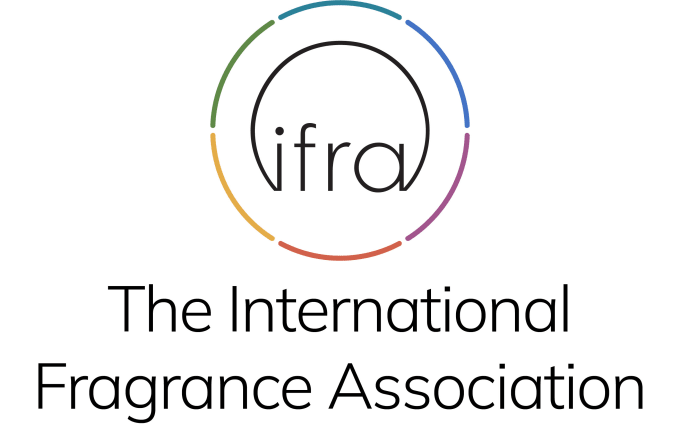
Crédits photo: ScenTree SAS
Si vous souhaitez référencer les produits de votre société ici,
merci de rentrer en contact avec l'adresse mail suivante fournisseurs@scentree.co pour en savoir plus sur nos offres dédiées aux annonceurs.
Si vous souhaitez référencer les produits de votre société ici,
merci de rentrer en contact avec l'adresse mail suivante fournisseurs@scentree.co pour en savoir plus sur nos offres dédiées aux annonceurs.
Général
-
N° CAS : 1335-66-6 ; 1423-46-7
-
N° EINECS : 215-638-7
-
N° FEMA : Donnée indisponible.
-
N° FLAVIS : 05.157
-
N° JECFA : Donnée indisponible.
-
Aspect : Liquide incolore
-
Densité : 0,922
-
Tenue : Tête
-
Gamme de prix : €€
Propriétés physico-chimiques
-
Formule brute : C10H16O
-
Masse molaire : 152,24 g/mol
-
Log P : 3,1
-
Point de fusion : -20°C
-
Point d'ébullition : 203°C
-
Seuil de détection : 5,2547 ng/l air
-
Optical rotation : Donnée indisponible
-
Pression vapeur : Donnée indisponible
-
Indice de réfraction @20°C : Donnée indisponible
-
Valeur d'acide : Donnée indisponible.
-
Point éclair : 66°C
Utilisations
Utilisations :
L'Isocyclocitral® est utilisé dans les parfums chyprés et les fougères, dans des notes boisées, œillet, géranium, chèvrefeuille et feuille de tomate.
Découverte :
Donnée indisponible.
Présence dans la nature :
L'Isocyclocitral® n'est pas disponible à l'état naturel.
Isoméries :
L'Isocyclocitral® contient trois carbones asymétriques, donnant diverses possibilités conformationnelles. C'est un mélange d'isomères qui est utilisé en parfumerie, tant les réactifs utilisés pour sa synthèse sont des mélanges de diastéréoisomères. Le Citral est un isomère de constitution de l'Isocyclocitral®. Son odeur est néanmoins bien plus hespéridée et moins verte.
Précurseurs de synthèse :
L'Isocyclocitral® peut former une base de Schiff par réaction avec l'Anthranilate de méthyle. Le composé résultant est assez boisé et proche de la fleur d'oranger.
Voies de synthèse :
La molécule de l'Isocyclocitral® peut être synthétisée par une réaction de Diels-Alder, entre le 2-buténal et le 2-méthylpenta-1,3-diène.
Réglementation & IFRA
Allergènes :
Cet ingrédient ne contient pas d'allergènes.
51ème amendement :
Cet ingrédient est réglementé par le 51ème amendement
- Dosage limite recommandé :
-
Cat.1 Cat.2 Cat.3 Cat.4 Cat.5A B C DCat.6 0,54 % 0,16 % 3,2 % 3 % 0,76 % 0,76 % 0,76 % 0,76 %1,8 % Cat.5A B C DCat.6 0,76 % 0,76 % 0,76 % 0,76 %1,8 % Cat.7A BCat.8 Cat.9 Cat.10A BCat.11A BCat.12 6,1 % 6,1 %0,32 % 5,9 % 21 % 21 %12 % 12 %No Restriction Cat.10A BCat.11A BCat.12 21 % 21 %12 % 12 %No Restriction



